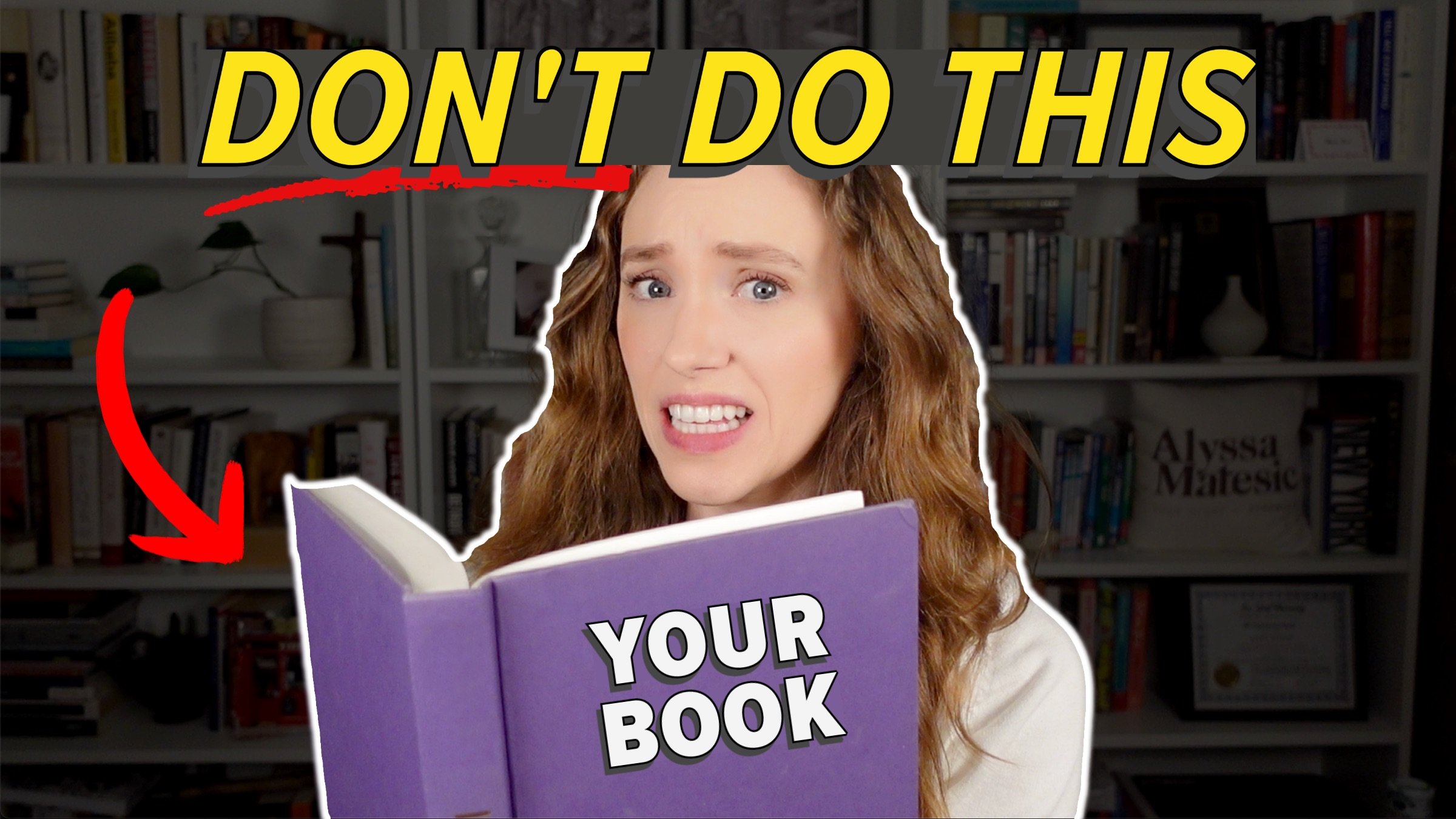Does Your Book Have a Bad Plot Line?
HIT PLAY OR READ THE POST BELOW:
Whether you consider yourself a meticulous plotter or a pantser who comes up with scenes as you go, figuring out how your plot is going to unravel can be a real challenge. After all, you want to make sure the puzzle pieces of your story fit together perfectly to give the reader the experience you intend, and it can take a lot of experimenting and drafting to get your plot just right. Without it, your book can have a bad plot line that sinks your overall story.
In this article, I’m going to provide a framework for how to think about your plot and evaluate if it’s effective or if it could use some work. I'm going to walk you through a series of questions to ask yourself about your story, and the answers can help you determine if your plot is holding up. A heads up: if you answer no to any of the questions, that could be a sign that your book has a bad plot.
Is there a clear point of conflict?
Your plot needs to center around a clear and identifiable point of conflict that the reader will want to see play out, because that is what will compel them to continue reading. For example, in a “will they, won't they” romance narrative, the point of conflict is around whether or not those two characters are going to end up in a romantic relationship or not. The reader is invested in seeing if they will end up together, or if they will have a messy breakup.
Here’s an exercise to identify your story's main point of conflict. Fill in the blanks: Protagonist wants X, but Y is stopping them. Here’s an example, using one of my favorite movies, The Lion King: Simba wants to take back Pride Rock, but Scar is stopping him.
This sentence will illuminate what the main plot conflict is centering around in your novel. Ideally, the point of conflict will be introduced within the first 10 pages of your novel. This is especially important if you are planning to traditionally publish your book and query literary agents, because those first pages determine whether an agent is going to be interested in reading more of the manuscript or not. But I would also argue that establishing the main point of conflict as early as possible is just as important in self-publishing, because that's still when you’re trying to hook your reader into your story.
Now, you might have multiple points of conflict in your novel, not just one. In that case, I would challenge you to find the overarching point of conflict. What is the overarching objective that the protagonist is trying to achieve and what is stopping them? Even if there are multiple things the protagonist is struggling with, they should all relate back to a big picture item. If they don't, then that could also signal that you have a bad plot line and need to rework it to be more focused.
Are the stakes high enough?
Once you have established your story's main point of conflict, the next and equally crucial step is making sure the stakes feel high. If the conflict isn't going to meaningfully impact the characters’ lives one way or another, then it is unlikely that the reader is going to get invested in seeing how the conflict and story plays out. Low stakes often indicate you have a bad plot line. The reader needs to feel as though there are going to be significant consequences for the main characters if they don't achieve their goal, as that tension will make them more invested in the story.
Let's add on to our exercise from the previous point. To determine the stakes, the sentence becomes: Protagonist wants X, but Y is stopping them; if they fail, Z will happen. To further The Lion King example: Simba wants to take back Pride Rock, but Scar is stopping him; if he fails, Scar will take over the kingdom forever.
Do you see how that establishes the stakes of the story? We immediately feel that the stakes of this conflict are high because the kingdom getting taken over would obviously have severe ramifications for all of the characters.
Do the characters confront obstacles?
Your plot should be made up of a series of situations that you put your protagonist in, and along their journey, they should confront several obstacles that hinder and threaten their success. These obstacles are what make up the Y portion of the exercise we’ve been using; they are what keeps the protagonist from quickly achieving their goal. These obstacles directly contribute to the continued sense of conflict.
If the story is all smooth sailing, it is unlikely your reader is going to be interested in continuing to read, which is a sign of a bad plot line. So you want to make sure your characters work for their goals by putting them through trials and tribulations.
In The Lion King, some obstacles that Simba faces on his journey are the hyenas and his own self-doubt that he will be a good king. These are two good examples of what obstacles can be, as obstacles don’t always have to be external or physical. They can also be internal and emotional.
Did I avoid unnecessary subplots?
Once you have established your plot's primary point of conflict, the stakes, and the obstacles the protagonist is facing, you need to ensure that your plot stays tightly focused on that. If you veer off into a subplot that isn’t well connected to the main one, you are likely going to lose your reader and the sense of momentum and urgency in your story.
One of the biggest plot mistakes I come across is when writers craft unnecessary subplots that are tangential and distract from the main point of conflict. If they don’t seem to directly connect to the main plotline, then it just won’t be interesting to the reader, so try to avoid taking the reader away from the meat of the story. An example could be an unnecessary romantic subplot or a secondary character's backstory.
When thinking on The Lion King example, the first movie doesn’t focus much on Timon and Pumba, as the main plot line of the movie revolves around Simba. But since they were compelling secondary characters, the two got an entire spin-off movie called The Lion King 1½. Trying to fit the events of the spin-off into the first movie would have completely distracted us from Simba’s journey and made the experience worse.
So apply this to your own story and don't try to overcomplicate or overshadow the main plot. Streamline it whenever possible and make sure that everything is serving that main point of conflict. That's not to say that your plot should be simple, but it should be focused.
Do the scenes build on one another?
As I just mentioned, we should never lose sight of the main plot conflict and each scene should deepen that conflict or propel the protagonist's journey further as the scenes progress. The narrative should have a sense of continuity and constantly be building up to the climax, where we see the protagonist either succeed or fail.
That means you want the reader to be continually aware of and oriented to the status of the protagonist's journey and what obstacles they are facing in achieving their goal. For instance, if you establish an obstacle in Chapter 3 of your novel but don't talk about it again until Chapter 10, you might have a bad plot line, since it’s not offering a good sense of continuity. We're going to want to see the protagonist reflect on, be aware of, and eventually face the obstacle.
This might sound like common sense, but you'd be surprised how many times you actually end up dropping a plot thread because you focus on something else in your plot. The sense of urgency can quickly be lost and, in the worst case scenario, there can be multiple plot holes if you abandon them entirely. So ensuring that each and every scene builds up to an overarching point of conflict that addresses the protagonist's obstacles and furthers their journey will create a propulsive quality that makes the reader eager to tear through the pages all the way to the end.
I hope these questions helped you determine if you have a bad plot line. Remember that it can be immensely helpful to work with either a trusted beta reader or even a professional editor to get fresh eyes on your manuscript, especially if you are in the position of being too close to your writing to evaluate your plot.
Thanks so much for reading and happy writing!





